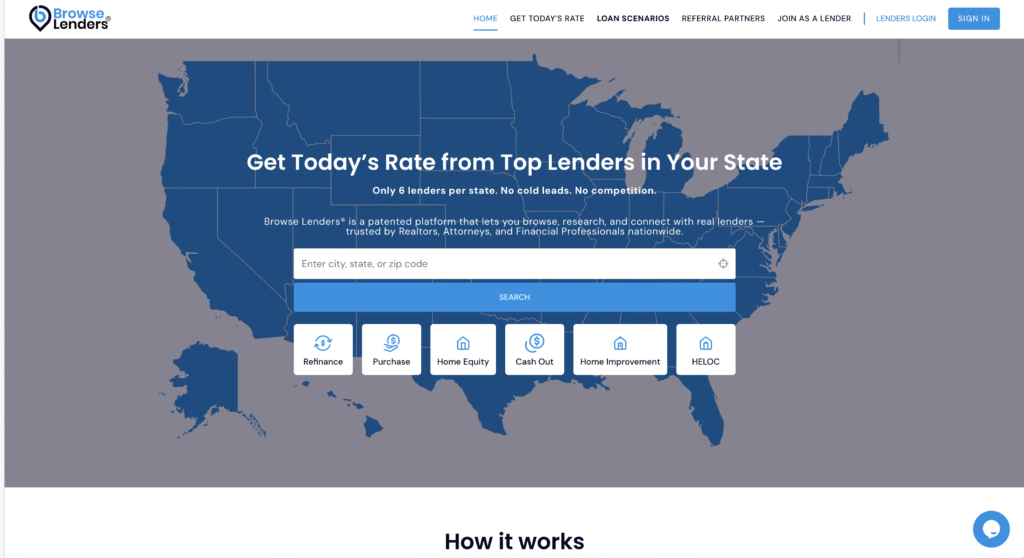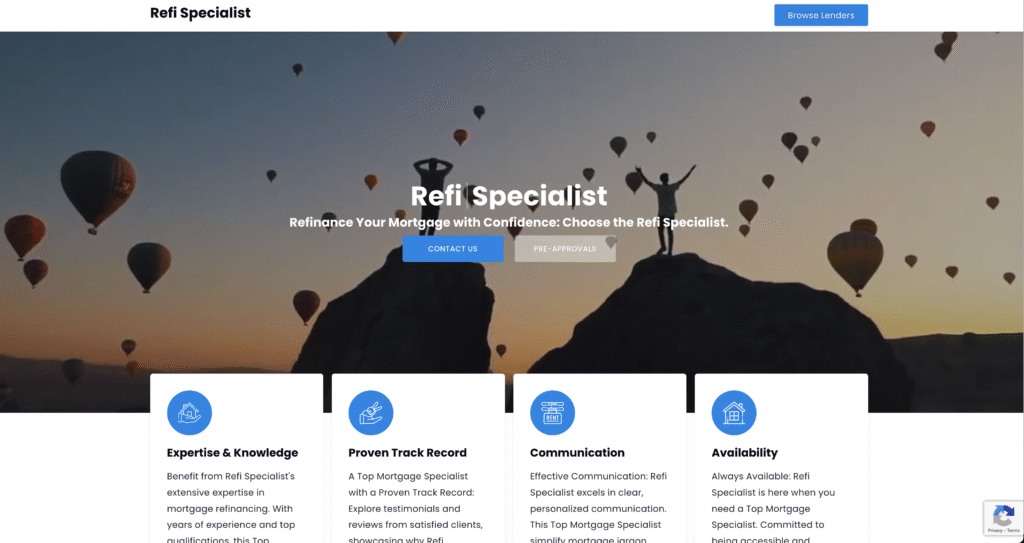Fraudulent Account Dispute Planner: Organize letters, documents, and responses across all three bureaus
When identity theft strikes, it doesn’t just leave behind emotional stress and confusion — it leaves a paper trail of fraudulent accounts, false balances, unauthorized inquiries, and damage that spreads across your entire credit ecosystem. You open your credit report expecting the story of your financial responsibility — but instead, you see lies.
Worse, those lies are being shared with banks, mortgage lenders, credit card companies, and even potential employers — all without your consent.
And the most frustrating part? You’re the one expected to fix it.
If this is your first experience with identity theft or credit fraud, you’re probably overwhelmed. You’re not alone. Victims often say things like:
- “I don’t know where to start.”
- “I sent a letter to one bureau — do I need to send it again to the others?”
- “One agency removed the account. The others didn’t.”
- “They said they verified the account, but never told me how.”
- “I forgot which accounts I already disputed and when.”
The problem isn’t your motivation. It’s the lack of structure around the dispute process — and how chaotic it becomes when you’re dealing with multiple bureaus, creditors, timelines, and legal rights, all while trying to protect your name.
That’s why Middle Credit Score® created the Fraudulent Account Dispute Planner — an interactive tool and planning guide that helps you manage the most critical stage of identity theft recovery:
Disputing fraudulent accounts across all three bureaus — accurately, legally, and persistently.
This planner is built to remove guesswork, eliminate confusion, and help you organize every dispute letter, document, deadline, and response in a way that ensures maximum impact and legal compliance.
If you’re ready to take back control of your credit report, this is where your clarity begins.
Why You Must Dispute Fraudulent Accounts the Right Way
A single fraudulent account can:
- Lower your credit score by 50–150+ points
- Affect your Middle Credit Score® — the one used by most lenders
- Prevent mortgage or loan approval
- Lead to collections and legal threats
- Cause lenders to raise your interest rates
- Make it harder to rent a home, buy a car, or get a job
- Follow you for years — unless it’s properly removed
The stakes are real. And while many victims panic and try to dispute accounts by phone or send one vague email, the truth is: you only get one shot at a clean, verifiable dispute per bureau per account. If you do it wrong — or fail to include the right documentation — your claim can be denied or “verified,” even if it’s not yours.
That’s why this planner walks you through the strategic dispute process — from document prep to certified mailing to follow-up — and gives you a central command center to track your actions, dates, and responses with Equifax, Experian, and TransUnion.
The Three Bureau Problem
Most people don’t realize that each credit bureau maintains its own record of your credit activity. That means:
- Fraudulent accounts may show up on one report, two, or all three
- Removing an account from one bureau does not remove it from the others
- Each bureau has different systems, online portals, and response procedures
- You must dispute with each bureau separately — and keep proof of everything
Without a proper planner, this process can easily spiral out of control. Here’s what commonly happens to victims who aren’t organized:
- They forget which bureaus they’ve contacted
- They lose track of mailing dates and deadlines
- They accidentally skip disputing with one bureau
- They don’t send the correct documents with their letters
- They fail to follow up before the 30-day deadline expires
- They receive confusing responses and don’t know what to do next
And unfortunately, credit bureaus don’t always make the process easier. Automated responses, vague denials, and a lack of explanation are common.
The Solution: A Smart, Legal, Organized Planner
The Fraudulent Account Dispute Planner gives you a turnkey method to manage your disputes across all three bureaus with confidence and structure. You’ll know:
- What to send
- Where to send it
- When to send it
- What to expect
- How to respond
- And how to keep records that protect your legal rights
This planner doesn’t just tell you what to do — it shows you how to do it, and makes sure you track it along the way.
What This Tool Does For You
The Dispute Planner transforms your recovery experience by giving you the structure needed to be effective. With it, you’ll be able to:
✅ Track Each Account Individually
Every fraudulent account has a unique combination of creditor, amount, bureau visibility, and dispute status. The planner helps you:
- Track which bureaus are reporting the account
- Log account numbers and types
- Attach corresponding letters and supporting documents
- Monitor the status of each dispute — deleted, verified, updated, ignored
✅ Coordinate Across All Three Bureaus
Use the built-in tri-bureau matrix to track:
- Which bureau each account appears on
- Date the dispute was submitted
- Response deadlines for each (30 days)
- Outcome by bureau
You’ll see which accounts were removed by one bureau but still linger on others — a common problem — and know exactly what your next step should be.
✅ Organize Letters, Documents, and Case Numbers
The planner gives you:
- Editable dispute letter templates with required legal references
- A document vault system to store ID, FTC reports, police reports, and utility bill copies
- A call log to track every phone conversation with creditors or bureaus
- A document transmission log to prove when items were sent and received
This is your evidence binder — all digitized and ready if you ever need to prove your actions to regulators or legal authorities.
✅ Build a Timeline That Keeps You On Track
Every dispute letter triggers a 30-day deadline for bureaus to respond. If you don’t hear back or receive a vague answer, you may need to escalate.
This planner helps you:
- Set automatic reminders for follow-ups
- Record received letters or results
- Identify when to escalate to the Consumer Financial Protection Bureau (CFPB) or file a second dispute
Why Most People Fail — And How You Won’t
Let’s be honest: most people fail to clean up identity theft damage because they lose momentum, forget deadlines, or never get responses.
Why?
Because they don’t have a method. They’re sending letters without logs. They’re getting responses and throwing them in drawers. They’re confused when one bureau deletes an account and the others don’t. Eventually, they give up.
You won’t.
With this tool, you’ll know:
- Exactly where every dispute stands
- What needs attention next
- When to escalate and how to prove it
And more importantly — you’ll be restoring your name, your score, and your financial future.
What Makes This Planner Different From Just “Sending a Dispute” Online?
Many consumers try to save time by using online dispute forms offered by the credit bureaus. While convenient, these systems have serious drawbacks:
- They limit the amount of detail you can include
- They often don’t allow you to upload your FTC or police report
- They don’t always retain records of what was submitted
- They use automated tools to evaluate your dispute, not real humans
- You waive certain rights (like requesting method of verification) in the terms of service
This planner encourages certified, mailed disputes that preserve your full legal rights under the Fair Credit Reporting Act (FCRA). That means:
- You can demand that the bureau provide the method used to verify disputed data
- You can escalate to the CFPB with proof of non-compliance
- You’re more likely to be taken seriously with complete, thorough documentation
How It Fits Into Your Larger Recovery Plan
The Fraudulent Account Dispute Planner is one of several key tools inside the Middle Credit Score® Recovery Ecosystem. It fits alongside:
- ✅ The Identity Theft Recovery Tracker
- ✅ The Middle Credit Score® Monitoring Chart
- ✅ The Credit Rebuilder Log
- ✅ The Debt Verification Request Generator
- ✅ The Score Impact Estimator
- ✅ And your personalized Middle Credit Score® dashboard
Together, these tools help you respond intelligently, legally, and quickly to identity theft, fraudulent activity, and credit damage — using systems, not stress.
Who Should Use This Planner
You should use this planner if:
- You’ve identified fraudulent accounts on one or more credit reports
- You’re preparing to dispute with Equifax, Experian, and TransUnion
- You’ve already sent letters but don’t know what’s been resolved
- You’re unsure which bureaus removed which accounts
- You want to protect your legal rights and avoid denial due to errors
- You want to organize your recovery and take it seriously
- You want to rebuild your Middle Credit Score® as quickly as possible
Whether you’re just starting or cleaning up months later, this planner will give you a system you can trust.
You’ve already learned why a structured dispute system is essential — and what makes this planner different from random notes, phone calls, or incomplete online forms. Now it’s time to use it.
This section walks you step by step through the full use of the Fraudulent Account Dispute Planner — so you know exactly how to input, organize, dispute, follow up, escalate, and succeed in having fraudulent accounts deleted from your credit reports.
No matter where you are in your recovery journey — just getting started or already mid-process — this planner ensures that your actions are legally compliant, time-conscious, and strategically logged.
Section 1: Set Up Your Command Center
Before disputing, centralize your recovery materials.
✅ Create a Secure Folder
Whether digital or physical (ideally both), create a folder called:
“Identity Theft Dispute Planner – [Your Name]”
Inside, create subfolders for:
- Credit Reports
- Dispute Letters (by bureau)
- Response Letters
- Document Vault (ID, FTC report, Police report, Proof of address)
- Call Logs
- Escalations (CFPB, Attorneys General, etc.)
- Final Resolution Docs
This is your control hub.
✅ Download All Three Credit Reports
Visit AnnualCreditReport.com and pull:
- Experian
- Equifax
- TransUnion
Print or save digital copies. Highlight or flag:
- Accounts you didn’t open
- Credit inquiries you don’t recognize
- Collections not yours
- Inaccurate personal data (addresses, employers)
Section 2: Log Fraudulent Accounts
Using the Master Dispute Log in the planner, create an entry for each fraudulent account.
For each item, input:
| Field | Description |
|---|---|
| Account Name | e.g., Capital One, Synchrony Bank |
| Partial Account Number | Last 4 digits only (for privacy) |
| Type | Credit Card, Loan, Collection, etc. |
| Date Opened | As reported |
| Amount | Balance or collection amount |
| Bureaus Reporting | Experian, Equifax, TransUnion (check all that apply) |
| Status | Open, Charged Off, In Collections |
| Disputed? | Yes/No |
| Outcome | Pending / Verified / Deleted / Updated |
Conclusion: Organization Is Power
Most people let fraud control their lives. You’ve chosen to take control instead.
The Fraudulent Account Dispute Planner is more than a checklist — it’s a structured strategy for repairing your financial identity with precision and authority.
By documenting, organizing, and acting in alignment with the law, you’re not just restoring your credit — you’re reclaiming your power.
Middle Credit Score® Support Center
Browse Lenders® – Speak with a Lending Expert






